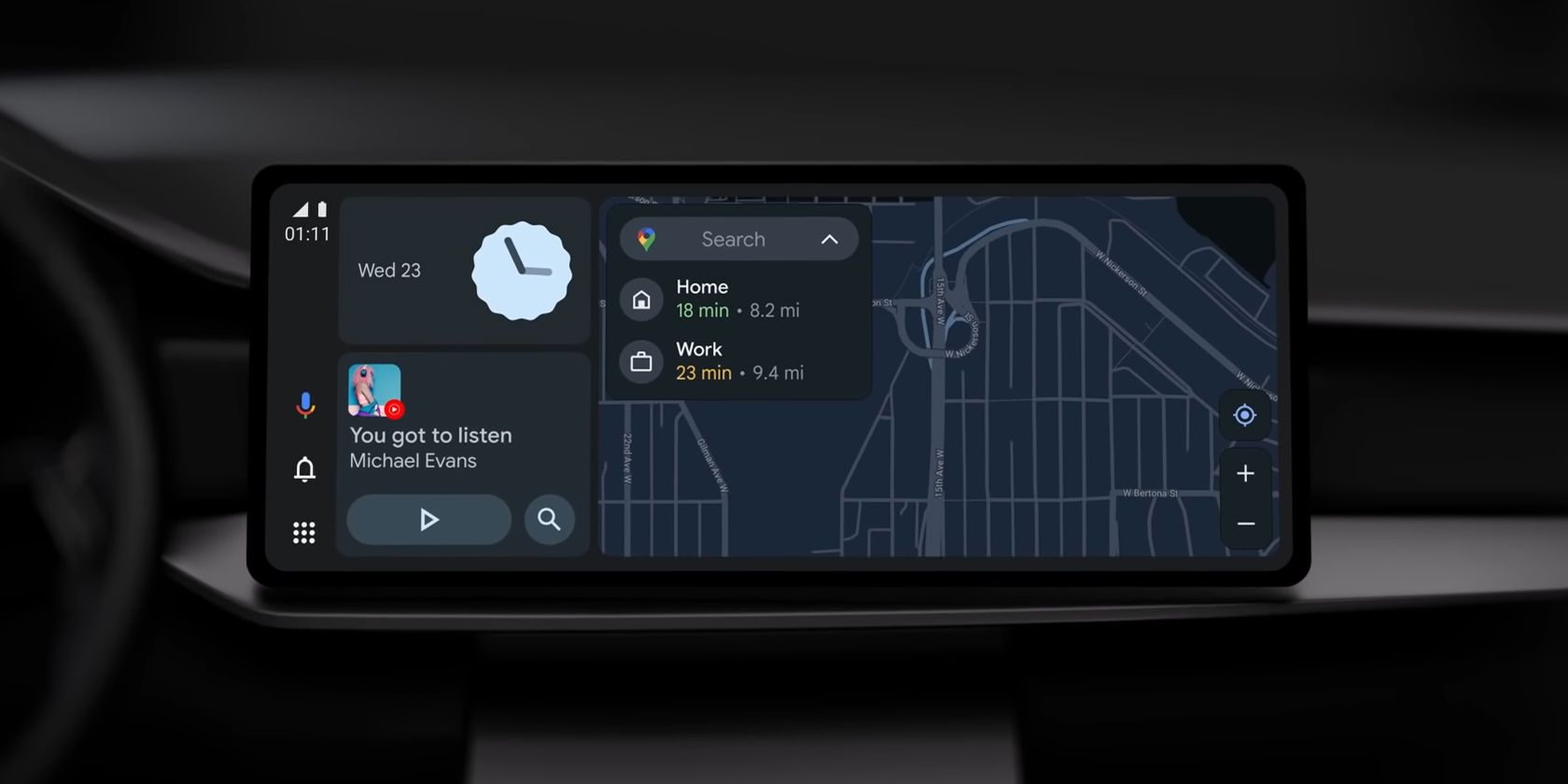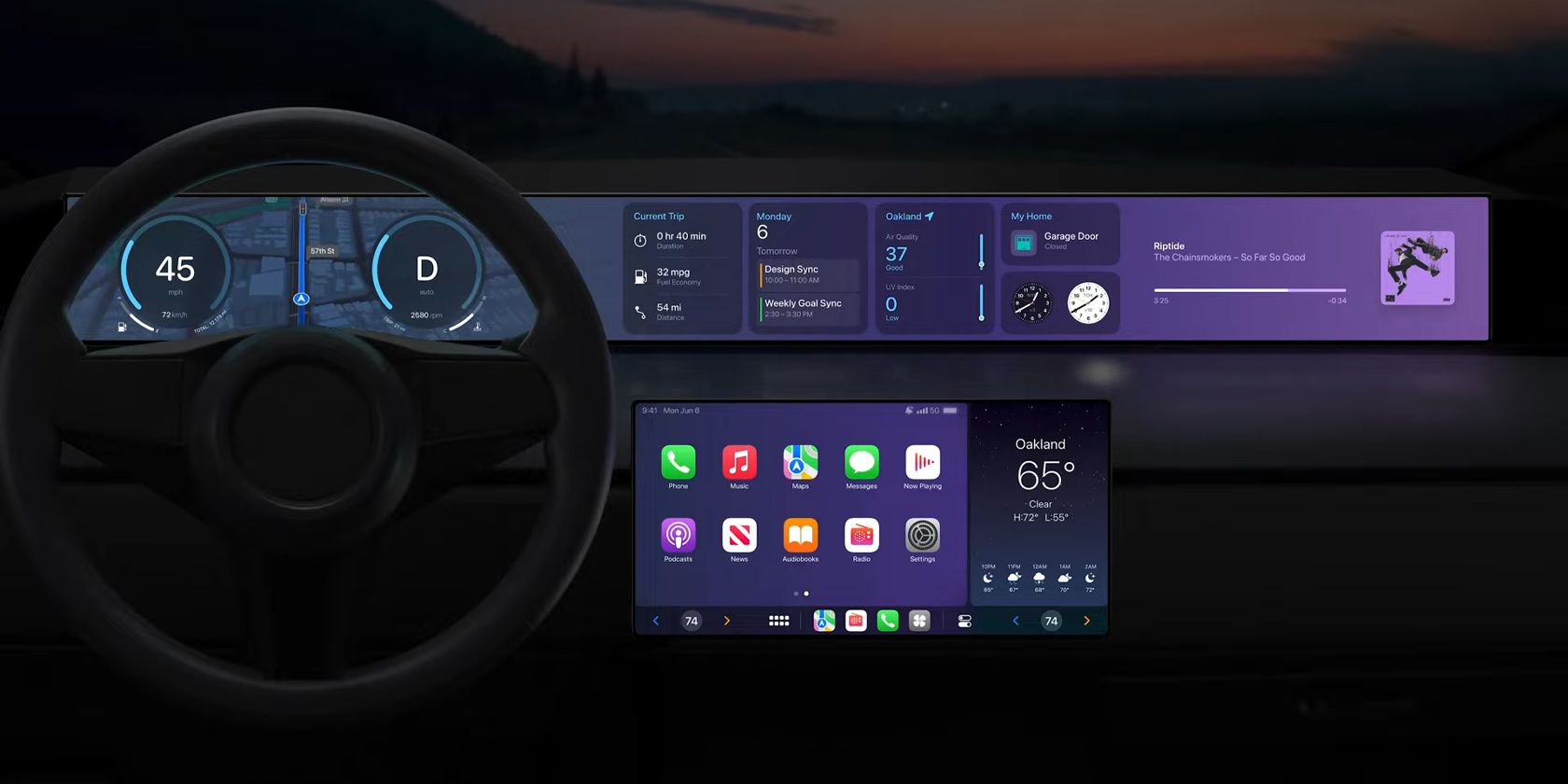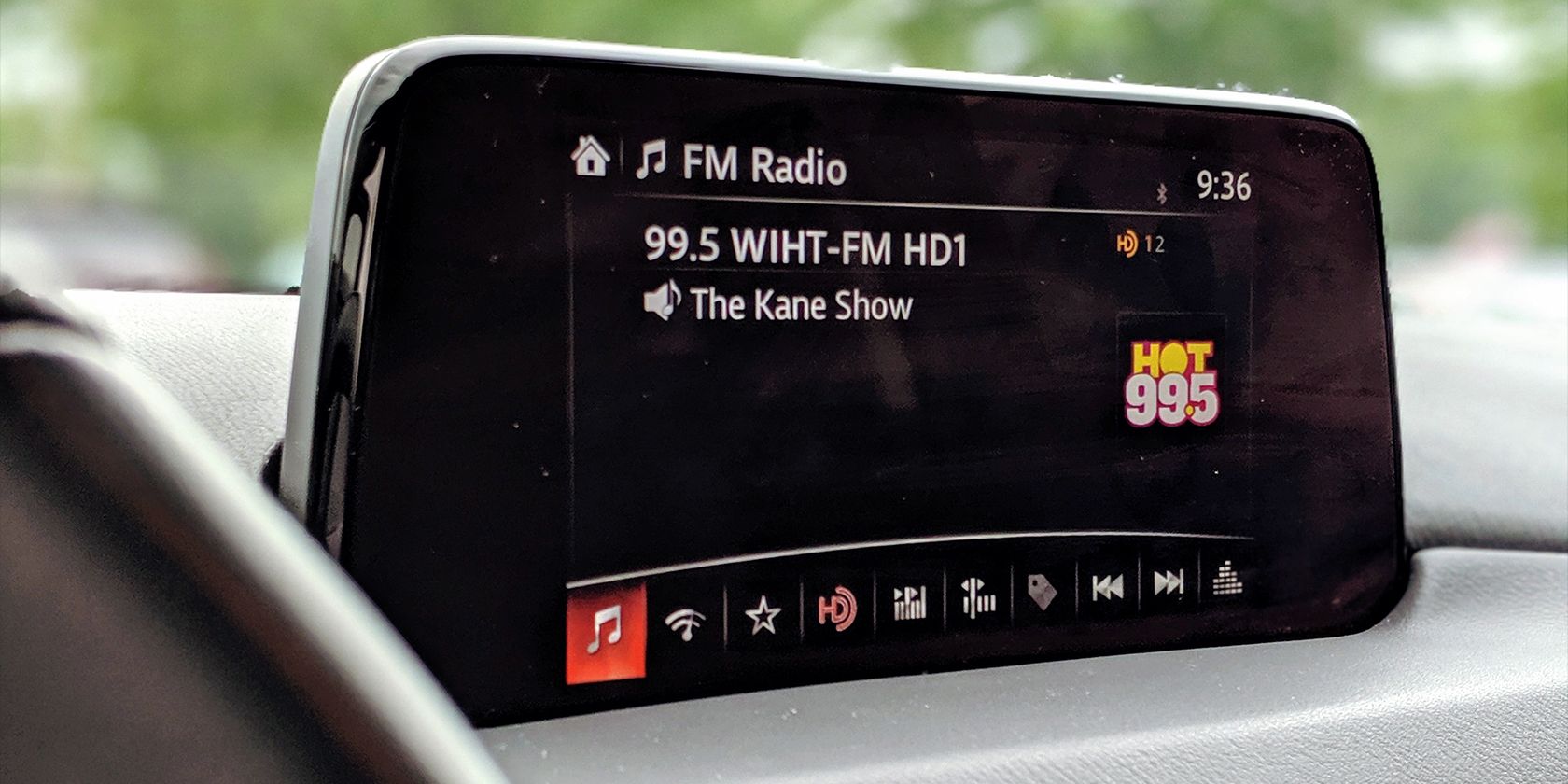Drivers are rightly discouraged from using their phones while on the wheel. But given how much our lives are intertwined with mobile technology, it’s increasingly becoming impractical not to use our smartphones for in-car navigation, music, and communication.
So, to help drivers use their smartphones safely, you can now pair your smartphone to your car’s infotainment system. And while having something like this isn’t the first thing car buyers look for, it’s become an essential feature drivers want in a new car.
Today, we’ll look at the three most popular smartphone integration systems and see which one is for you.
Android Auto
Google released this system in 2015 to mirror Android device features on your car’s infotainment and digital dashboard. It lets you connect your Android phone to your car via USB or Bluetooth, depending on your car’s year model or the infotainment system you’re using.
Once you connect your Android phone to Android Auto, your compatible apps will appear on your car’s infotainment screen. It also works with Google Assistant, allowing you to control it via voice commands.
Android Auto lets you use three types of apps—navigation, communication, and entertainment. For navigation, you can use Google Maps and Waze. You can also use it to make calls, send text messages, and chat via WhatsApp, Messenger, and Telegram. As for entertainment, Android Auto is compatible with Spotify, Google News, and Google Play Books & Audiobooks.
Aside from these commonly used apps, you can also download apps on the Google Play Store optimized for Android Auto.
Android Auto is compatible with any smartphone running Android 6.0 Marshmallow and up. Before Android 12, you could even use your phone to run Android Auto. However, Android 12 dropped this support in favor of Google Assistant driving mode, thus requiring you to have an Android Auto-compatible infotainment system on your car to use it.
Apple CarPlay
One year before Google launched Android Auto, Apple released Apple CarPlay. This is similar to Google’s implementation—a system that integrates your iPhone to your vehicle’s infotainment system. It lets you see your apps and data on your car’s screen while letting the vehicle control your device.
iPhone 5, running iOS 7.1 or later, was the first phone that worked with it, and it has since been continually supported until today. By 2023, Apple CarPlay will have evolved from just an infotainment system into a comprehensive mobile and car data management and display system.
That’s because Apple plans to implement CarPlay across all vehicle screens, not just the infotainment system. This includes the digital dash, so you can switch between looking at your speed and RPMs and or your iPhone navigation.
Apple CarPlay lets you connect your iPhone in two ways—either through a wired USB-to-Lightning cable or wirelessly via BlueTooth. Once your phone connects, you can start using CarPlay-compatible apps, which will appear on your car’s infotainment screen. Before 2018, these were limited to Apple apps, like Apple Maps and Apple Music. However, with iOS 12, users can now use third-party apps like Google Maps, Waze, and Spotify.
MirrorLink
This car integration platform is the least known among the three by name, but it’s probably the most popular in terms of installation numbers. That’s because this standard is owned by the Car Connectivity Consortium (CCC), whose members include most car manufacturers, including Volkswagen, Toyota, Hyundai, Mercedes Benz, and Chevrolet, to name a few. It is also the oldest of the three, having been launched by Nokia in 2011, and is the only one that’s open-source.
In the early to mid-2010s, if you wanted to connect your smartphone to your car, MirrorLink was the solid choice. It was supported on Nokia Symbian OS phones, back when it was still a significant smartphone player, and Android. Some phone makers that officially work with MirrorLink include HTC, LG, Samsung, and Sony.
You can also install compatible apps on MirrorLink devices, allowing you to enjoy music and navigation on your car, among others. However, you should note that you have fewer options on MirrorLink versus Android Auto or Apple CarPlay.
That’s because developers must submit their apps to the CCC for evaluation before they can work with the standard. This certification process, separate from the process they go through on the Google Play Store or Apple AppStore, is an additional step developers must take, which is why many elect not to go through with it.
However, since MirrorLink is an open-source platform, some enterprising individuals have created workarounds for apps like Spotify, which is powered by RockScout and isn’t made by the original developers.
Despite that, because of recent developments, including the demise of HTC and LG’s smartphone division, Samsung dropping official support for the standard, and Android Auto and Apple CarPlay gaining traction, MirrorLink is slowly being phased out from new vehicles.
Which Should You Choose?
Since MirrorLink is an old standard, with waning popularity and reduced app support, it’s wise to get Android Auto or Apple CarPlay, especially if you’re purchasing a new car. But if you’re looking at a second-hand vehicle, especially one over five years old, you might have no choice but to stick to MirrorLink.
But if you’re buying a new car, you should first look at your smartphone. Are you an Android or iPhone user? You should base your choice on the phone of the car’s primary driver. Also, consider any plans you or the primary driver might have. Are you planning to switch to iPhone? Or are you buying an Android smartphone in the next few months?
Based on that information, that’s when you ask the dealer if the car is Android Auto or Apple CarPlay compatible. Also, note that some car models are compatible with both; thus, you might not even need to choose between the two.
Drive Safely With Your Smartphone Apps
These services—Android Auto, Apple CarPlay, and MirrorLink—are useful to ensure that you don’t have to fiddle with your phone while driving. This functionality helps you focus on driving since everything you need is within easy reach on your car’s infotainment system. It also helps deliver information you need, like navigation, in an easy-to-read manner.
While these are typically available on newer vehicles and in select trims and models, you can install aftermarket infotainment systems that feature them if your car doesn’t have them. With that, you can enjoy safe smartphone interaction while on the wheel without buying a new car.







